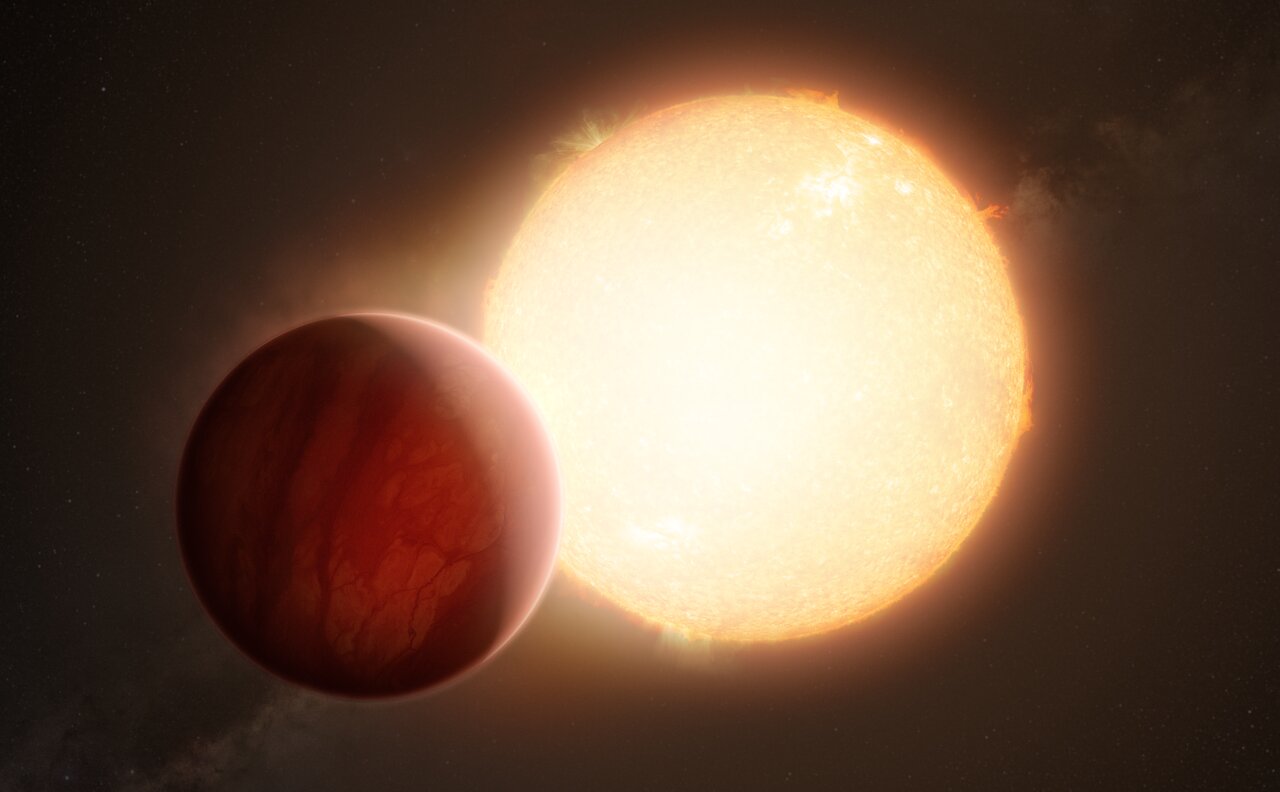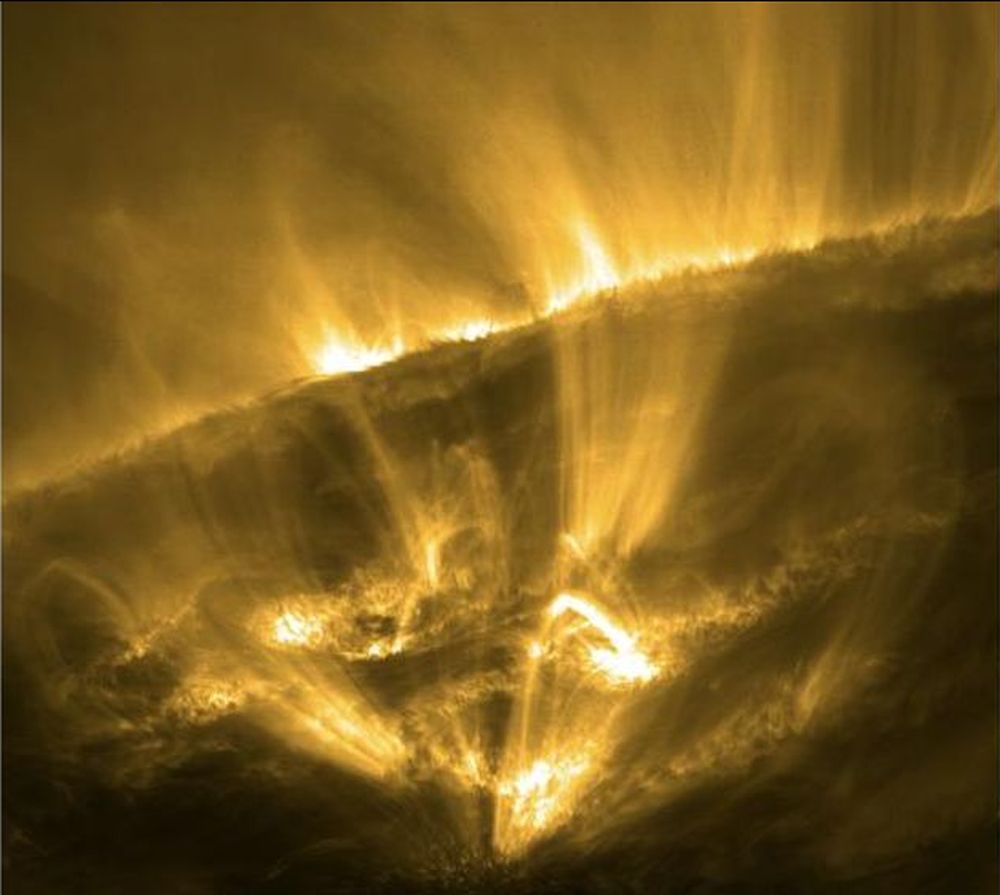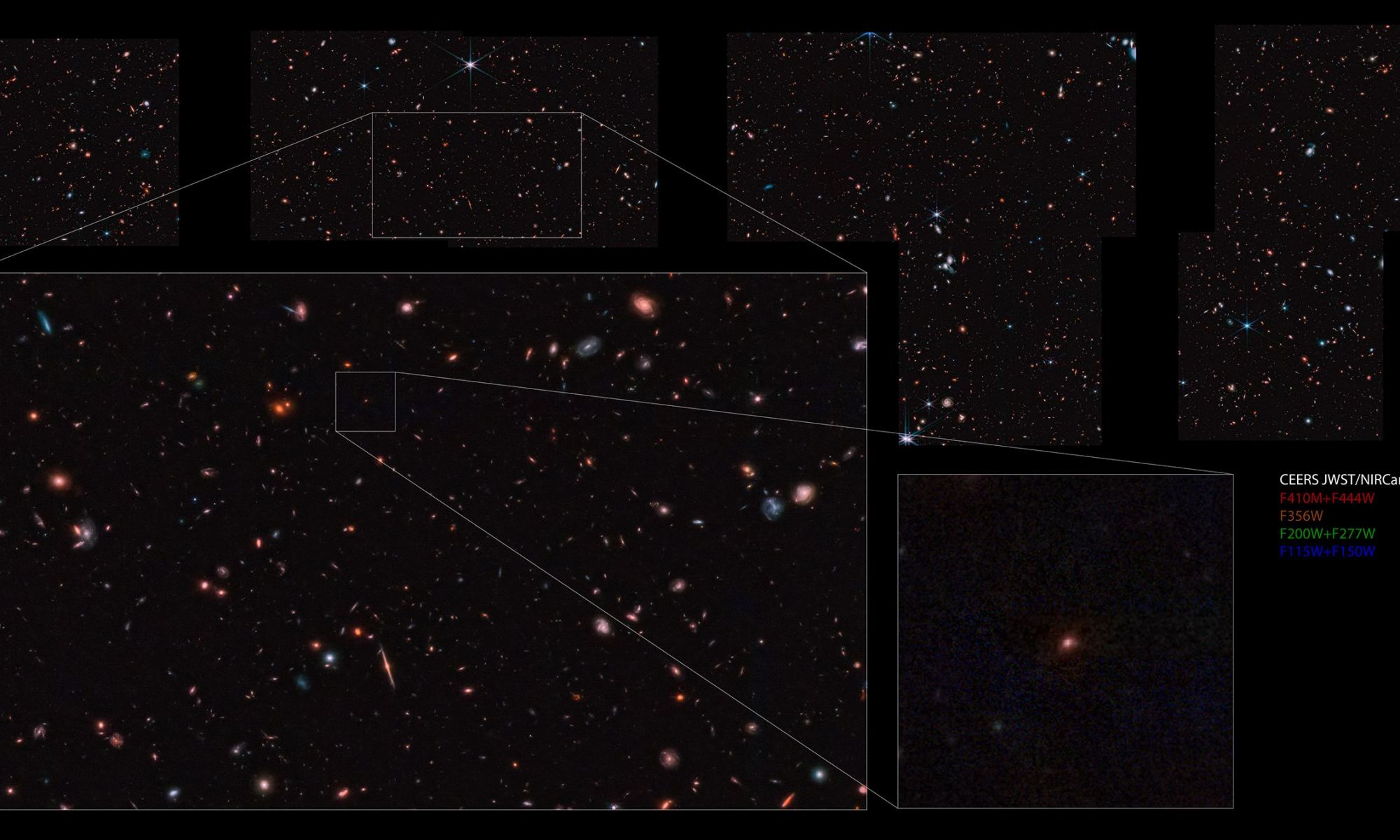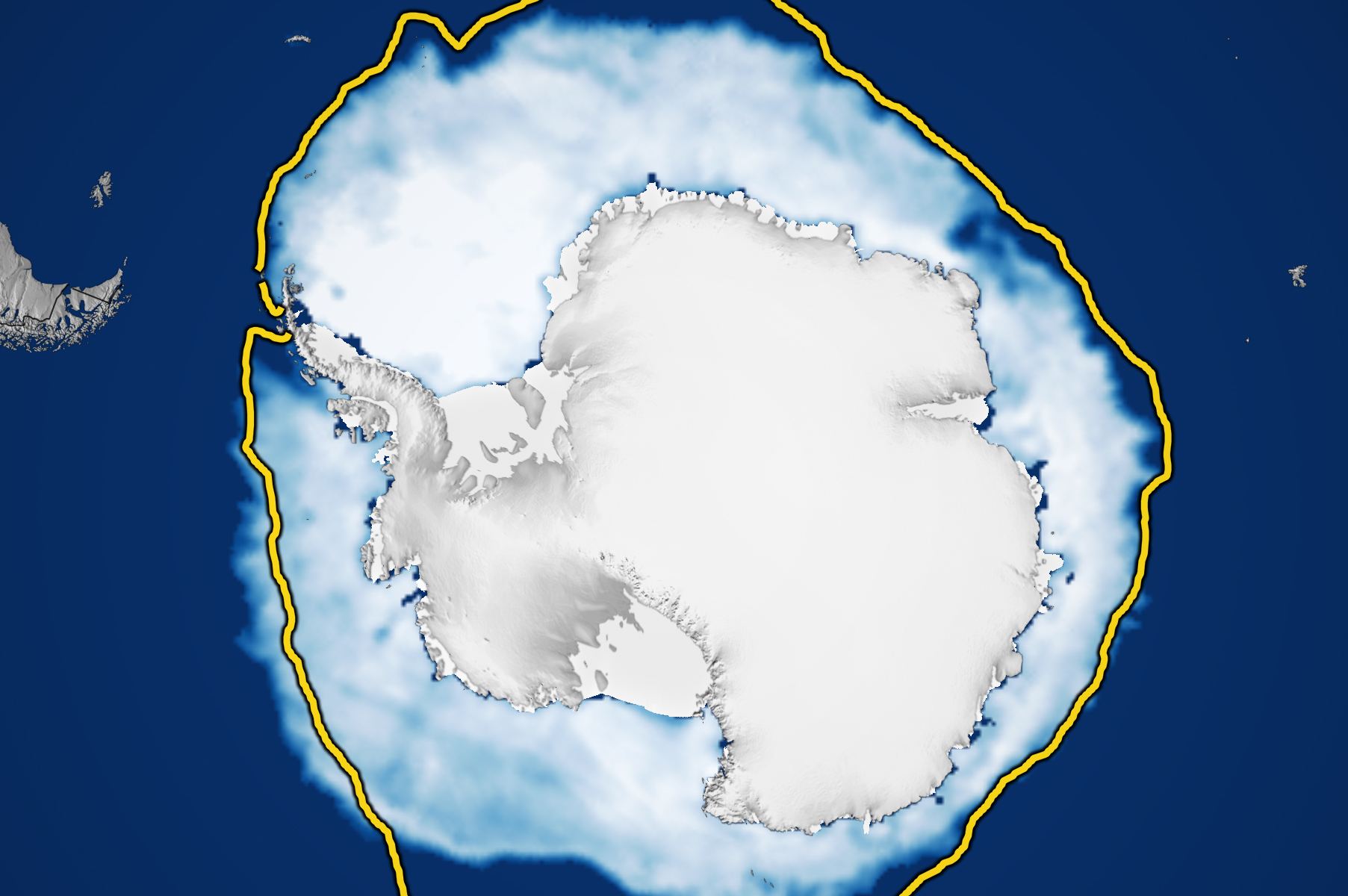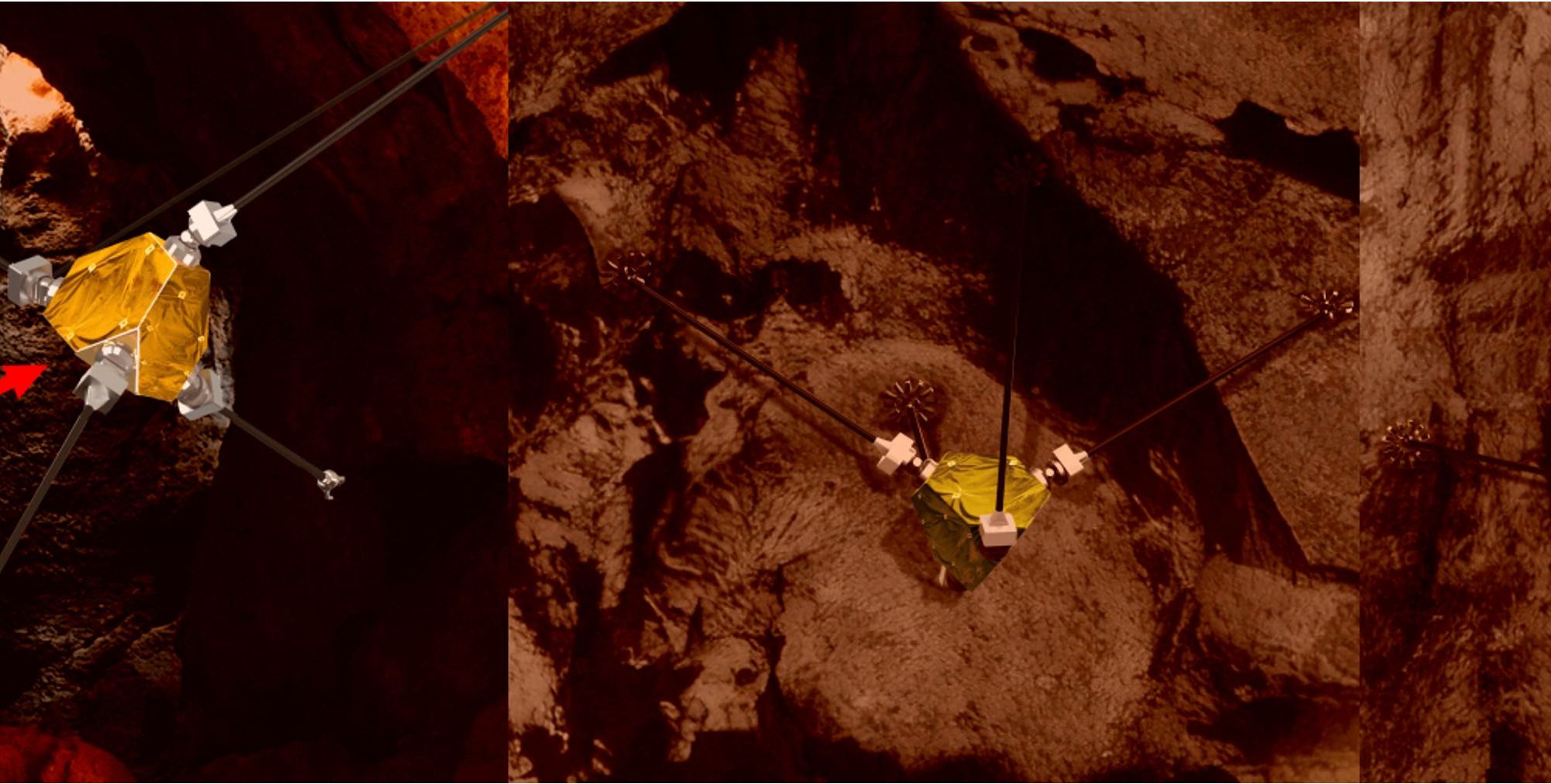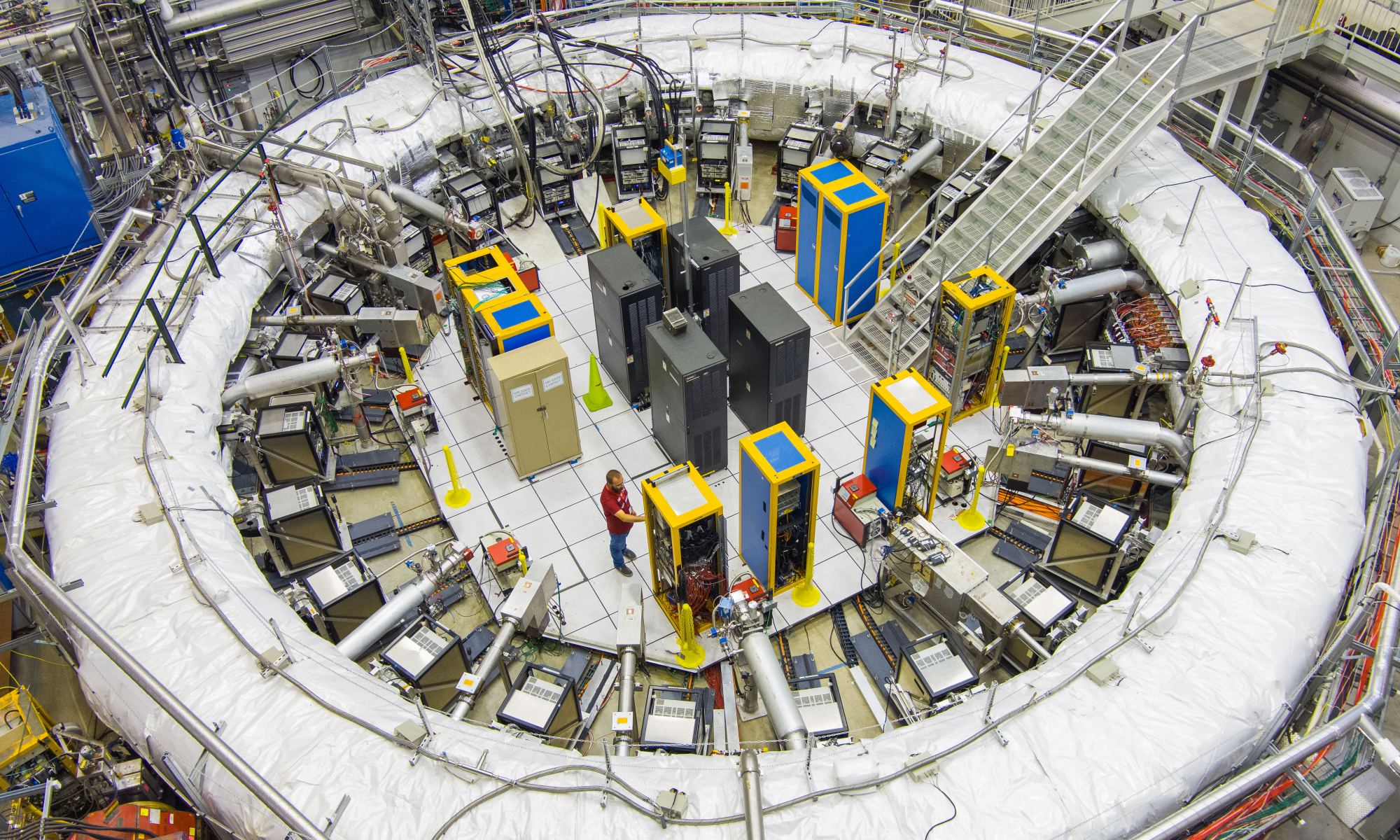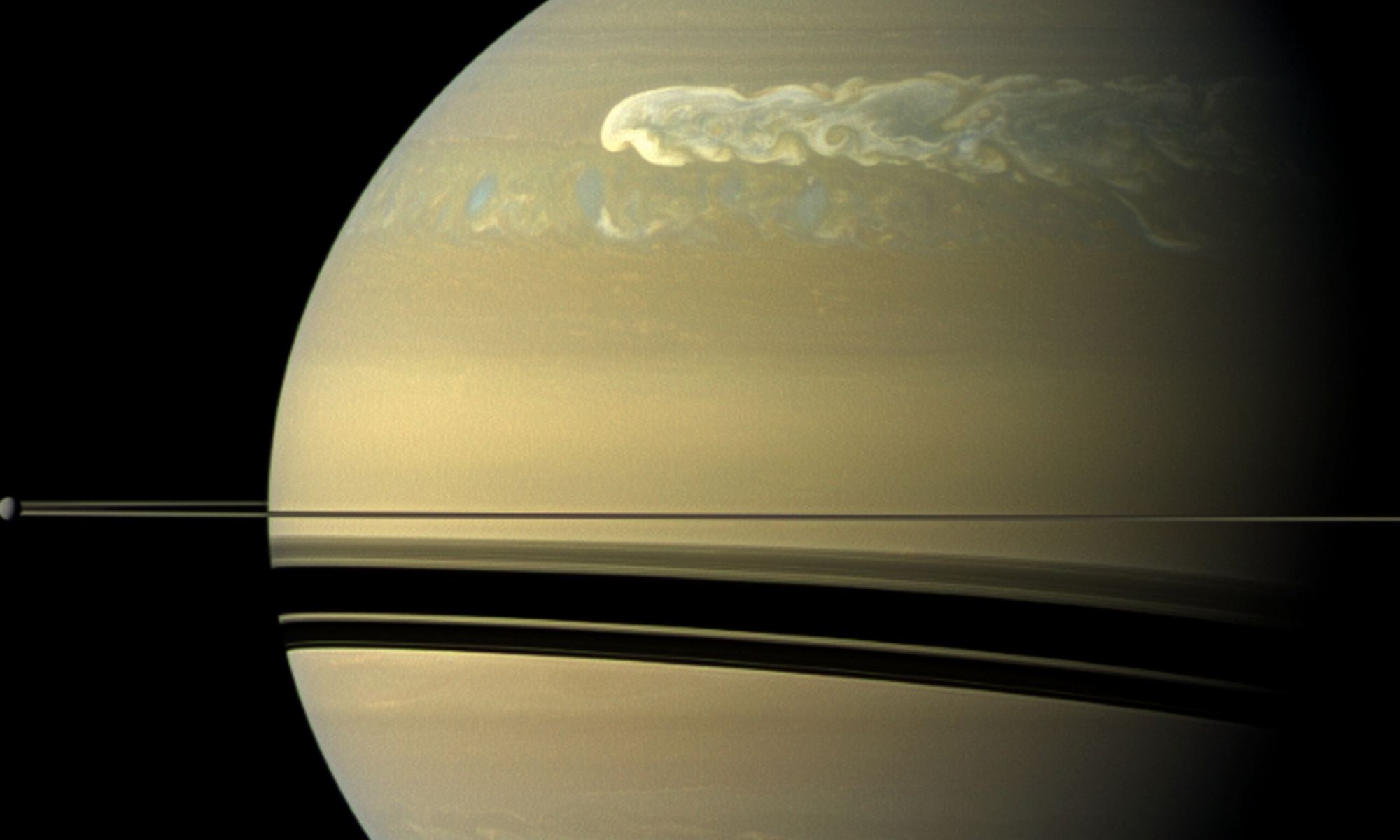The Universe is expanding, and it’s doing so at an ever-increasing pace. Whether due to a dark energy field throughout the cosmos or due to a fundamental of spacetime itself, the cosmos is stretching the space between distant galaxies. But nearby galaxies, those part of our local group, are moving closer together. And how they are falling toward each other could tell us about the nature of cosmic expansion.
Continue reading “We Might Be Able to Measure Dark Energy Through the Milky Way's Collision With Andromeda”We Might Be Able to Measure Dark Energy Through the Milky Way's Collision With Andromeda


